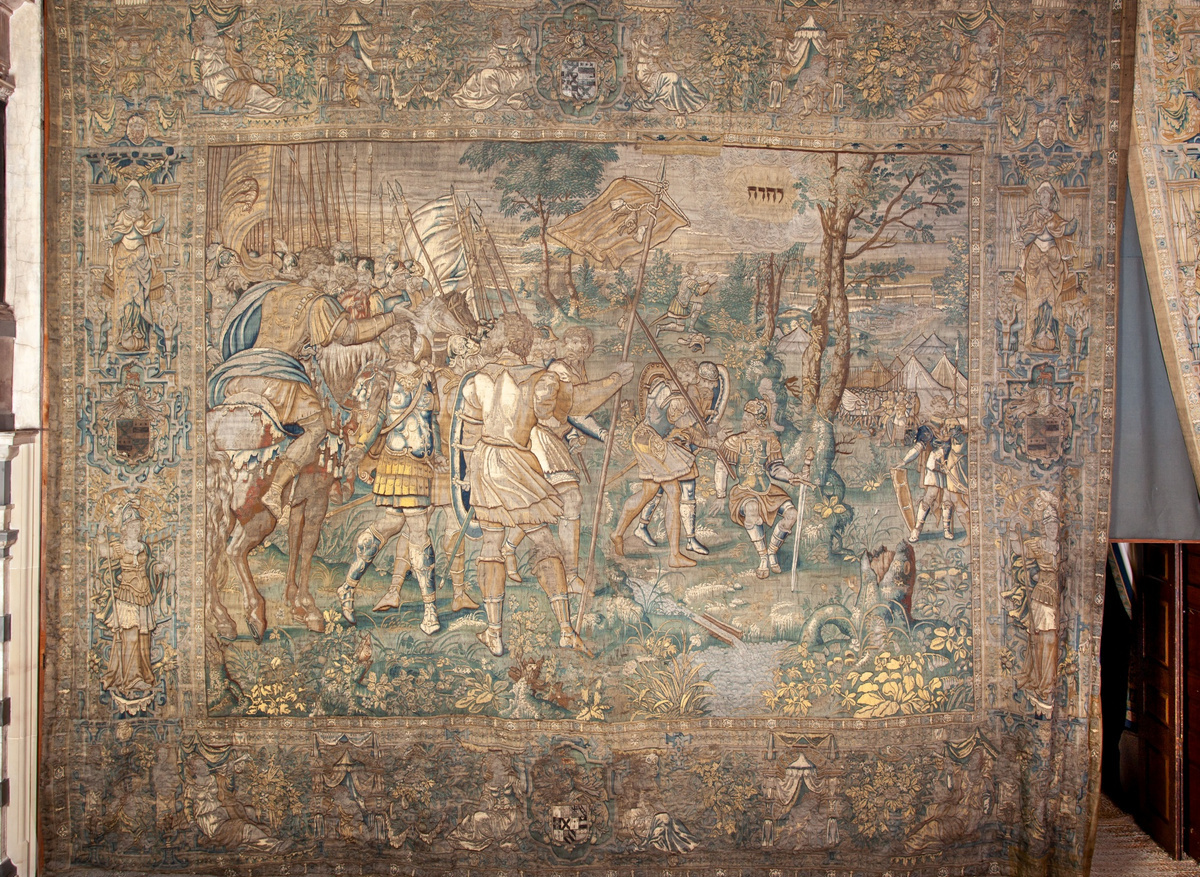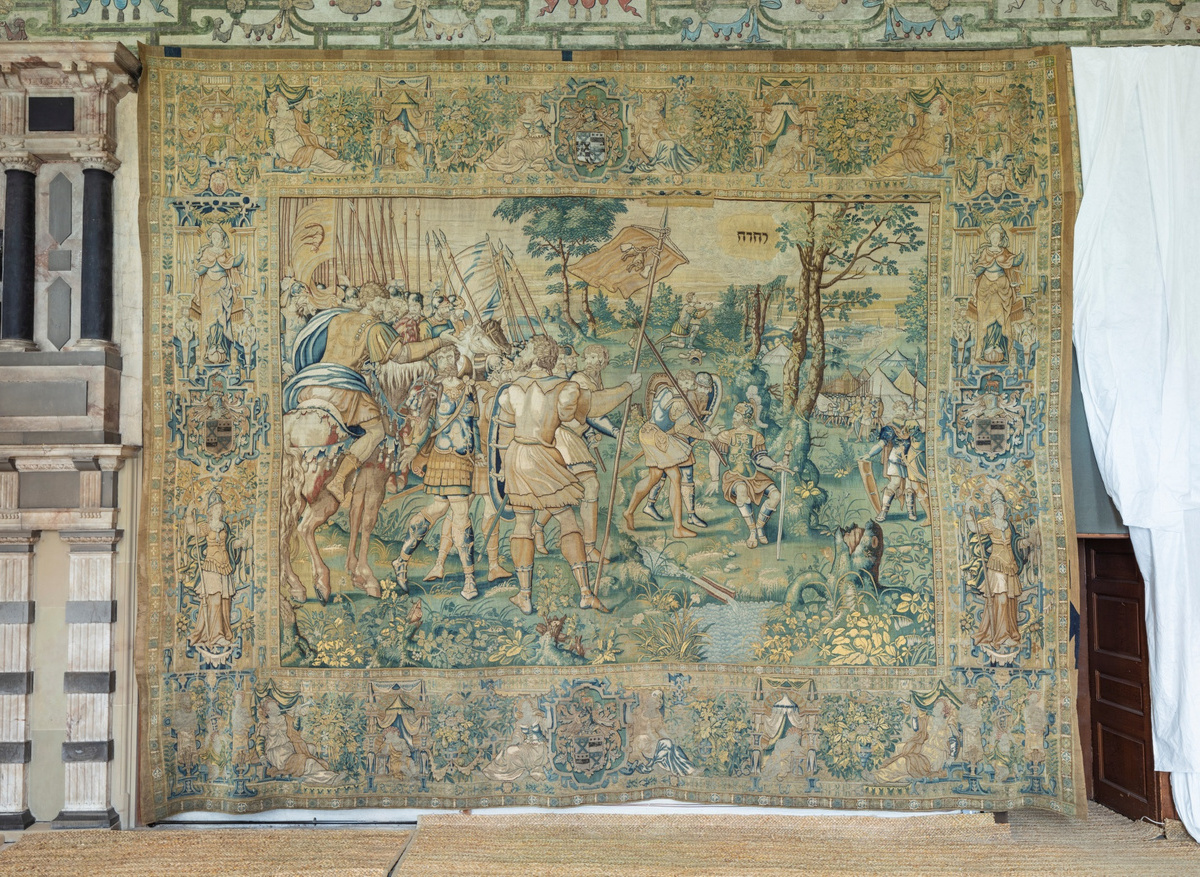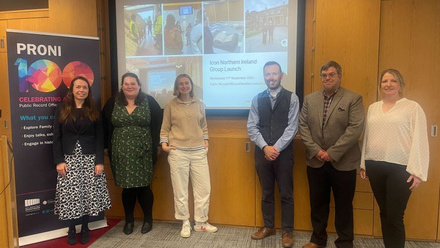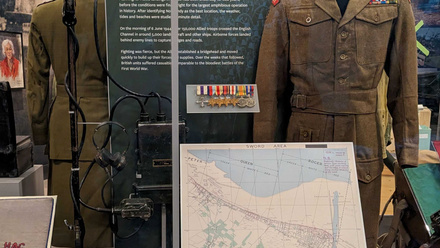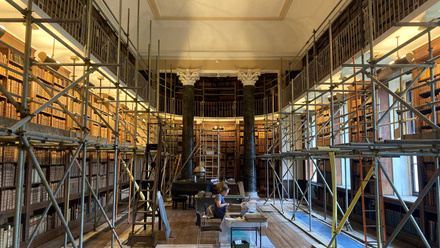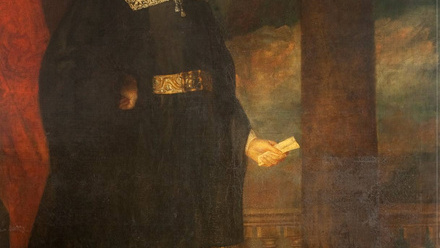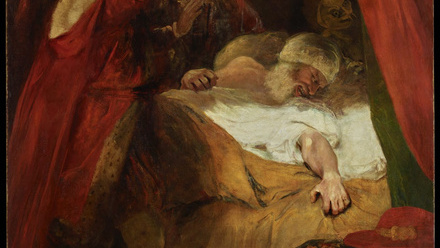The National Trust’s longest running conservation project is now complete – 24 years after it began.
Back in 1999 the first of an ‘astonishing’ set of 13th- 16th century tapestries in the Long Gallery at Hardwick Hall in Derbyshire was taken down for conservation treatment. The final monumental tapestry has now returned to the hall, one of the greatest houses of the Elizabethan age, following a major £1.7 million project.
Hardwick Hall is renowned for its textiles, including an extensive collection of irreplaceable tapestries. The Gideon tapestries are the largest surviving set in the UK and were bought by Bess of Hardwick, a friend of Elizabeth I, in 1592. At nearly six metres high and totalling over 70 metres in length (20ft x 230ft) this is one of the most ambitious tapestry sets of its time.
The tapestries tell the story of Gideon, one of the 12 Judges to appear in the Old Testament Book of Judges, who leads an army to save his people from the Midianites. The last to be conserved depicts Gideon Entering the Midianite camp as a Spy.
They were woven around 1578 in the Flemish region of Oudenaarde for the Lord Chancellor Sir Christopher Hatton, for the Long Gallery at Holdenby House in Northamptonshire. After Hatton’s death, the tapestries were sold to Bess of Hardwick for the then huge sum of £326 15s 9d. They were the largest and most expensive single purchase she made for the house. She covered Sir Christopher’s arms, which had been woven into the tapestries, with her own, made from painted wool.
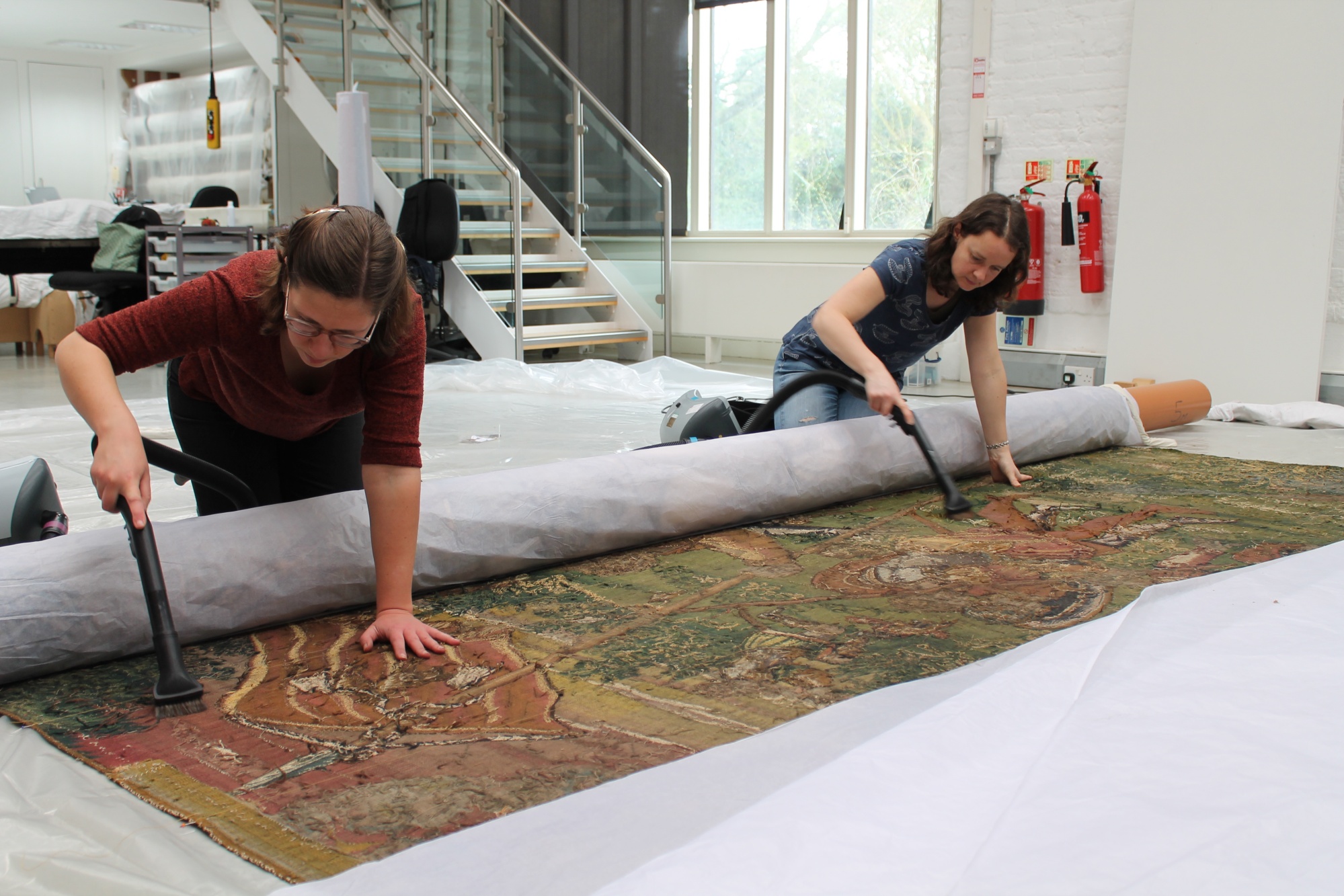
The National Trust’s Senior National Curator Emma Slocombe said:
“These astonishing tapestries have been in the Long Gallery since it was first decorated at the end of the 16th century. Extraordinarily, that’s where they remain. Bess collected them and unlike many tapestries they’ve never been moved to another home, dispersed or cut up.
Everything at Hardwick is pre-eminent and these tapestries are unique, an ambitious statement at the heart of an architectural masterpiece.
As one of the richest women in England, when she planned her decorative schemes, she was thinking about what they could convey about her and her lineage. The Gideon tapestries were designed to be seen, as well as enjoyed privately.”
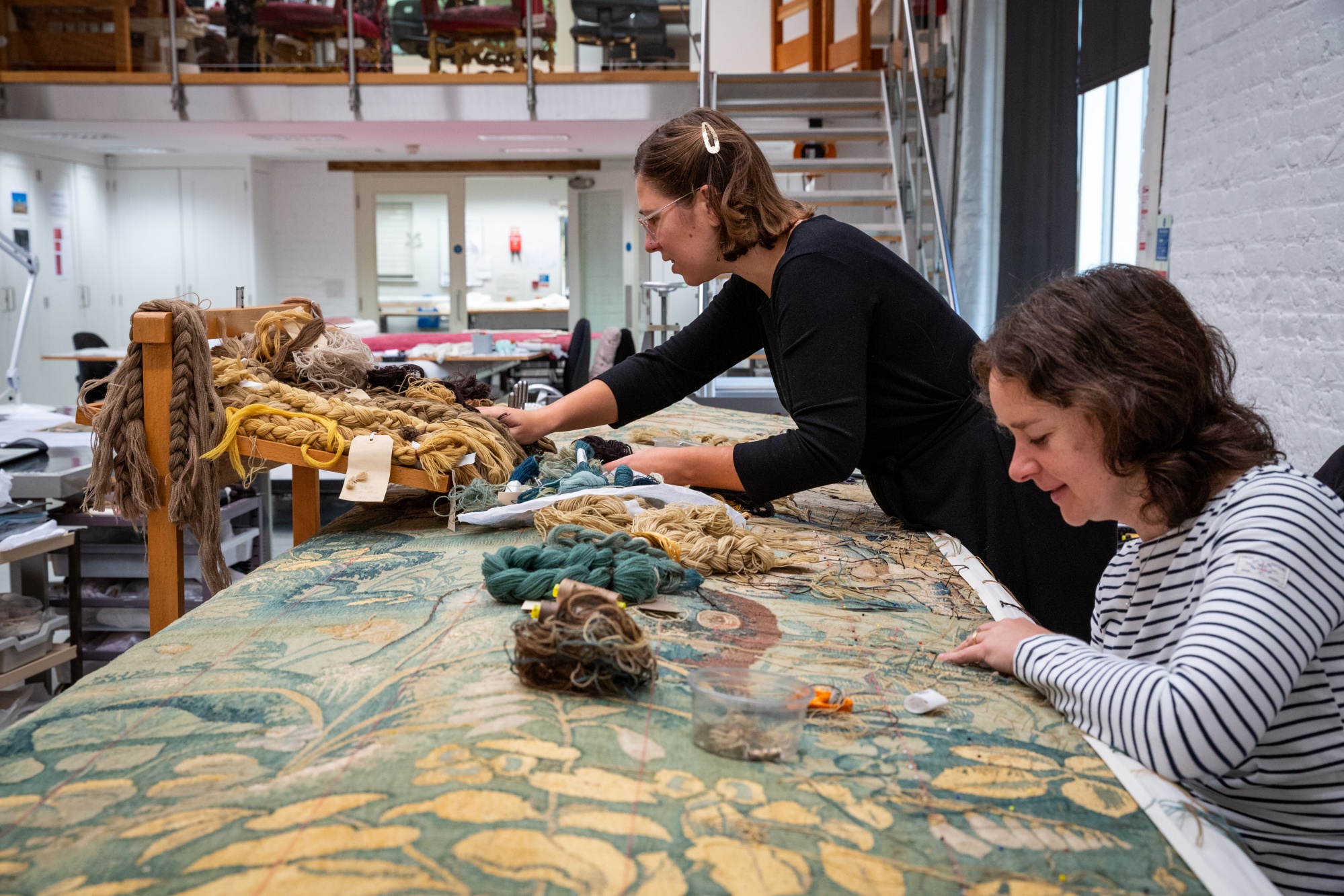
The conservation of each Gideon tapestry has taken over two years to complete. Like the 12 tapestries before it, the 13th was thoroughly vacuum cleaned to remove loose fibres, soiling, dust and soot and then documented in detail before being sent to Belgium for specialist wet cleaning.
National Trust conservators used specialist conservation stitching – with hand-dyed yarns – to repair damaged areas, improve the appearance of 20th-century reweaves, and strengthen the structure of the tapestry. Its three sections were then reconstructed and lined to prevent dust penetrating the back. In total the conservation stitching, lining and reconstruction took 5,470 hours to complete.
Emma Slocombe continued: “The wet cleaning made the colours brighter and the stitch repairs enable you to ‘read’ the design much better. The tapestries tell a dramatic story through a series of epic scenes – but the detail is such that if you just want to look at the flowers in the border, you can do that too.”
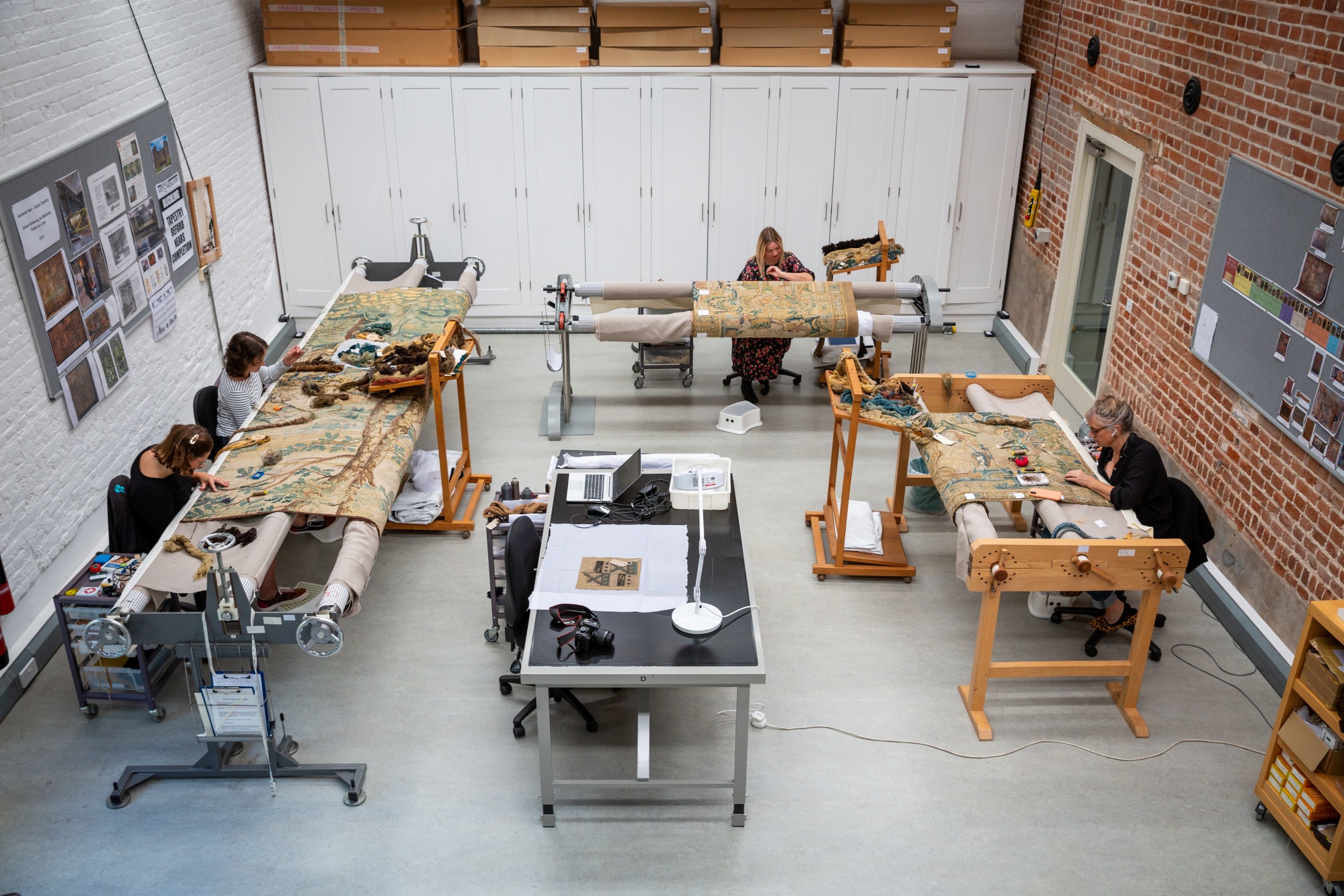
Initially, the tapestries were conserved by the National Trust and a freelance conservation studio. Later, the Trust’s Textile Conservation Studio near Blickling in Norfolk took on the project and conserved eight of the 13 including the largest at 6m x 9m wide. It’s believed 30 conservators have worked on the set over the duration of the project.
To maintain consistency over the life of the project, precise records were kept, including ‘recipe books’ with instructions on how to make bespoke dye colours for the threads. Conservators used ‘stitch guides’ to ensure stitches were correctly spaced to achieve the desired effect, and so that they can be discerned from original stitches.
The length of the project also meant techniques could be adapted over time – reattaching the lower border of each tapestry in-situ was found to ease some of the colossal weight when it came time to rehang, and cleaning processes – particularly for the largest of the tapestries – were also refined over the years.
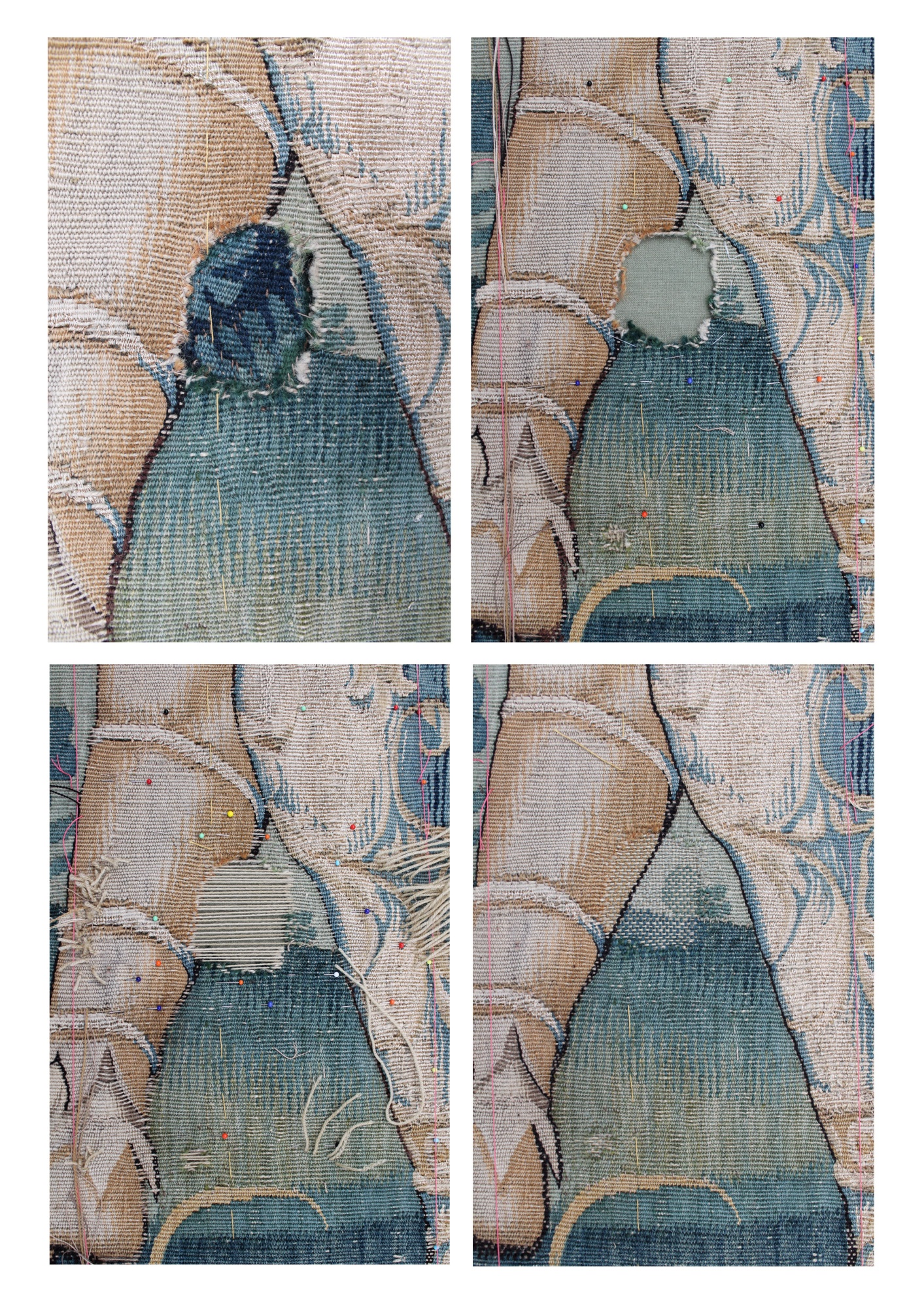
Icon member Elaine Owers, Textile Conservator, who worked on all five tapestries that cover the main wall of the Long Gallery, said: "It's been such an amazing experience to work on the Gideon project. I started working on the project as a Tapestry Conservation Intern in 2008, progressing to project manage some of the larger tapestries."
"It is the largest tapestry conservation project ever undertaken by the National Trust and everyone at the studio has been involved at some point. There is a real sense of pride as we see the final tapestry hung in position."
Textile Conservator and Icon member Yoko Hanegreefs ACR added: “Our conservation work secures the future of the tapestries for at least 100 years. Being able to safeguard these beautiful and important tapestries for future generations gives us as conservators a great sense of achievement.”
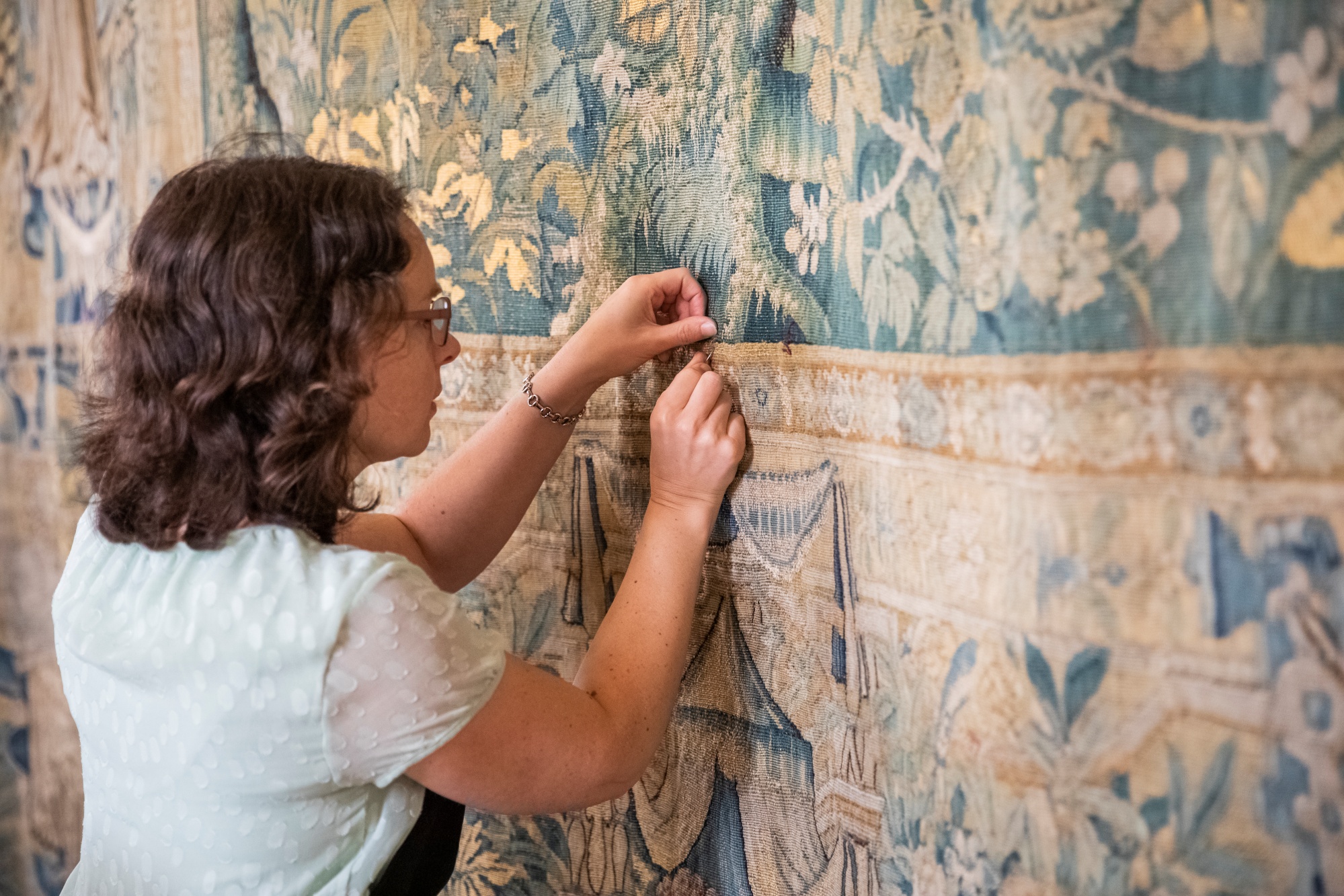
Following the tapestry’s return to Hardwick Hall, visitors will be able to see the extraordinary set reunited for the first time in over two decades.
Emma Slocombe concluded: “This has been an enormous piece of work. Since I began with the Trust 15 years ago, they’ve been a constant in the Textile Studio and we talk about ‘the Gideons’ like they’re our friends! So the end of the project feels like the end of an era.
It’s extraordinary to think that we are the successors to all those generations who have been carefully tending Bess’s legacy through the centuries.”
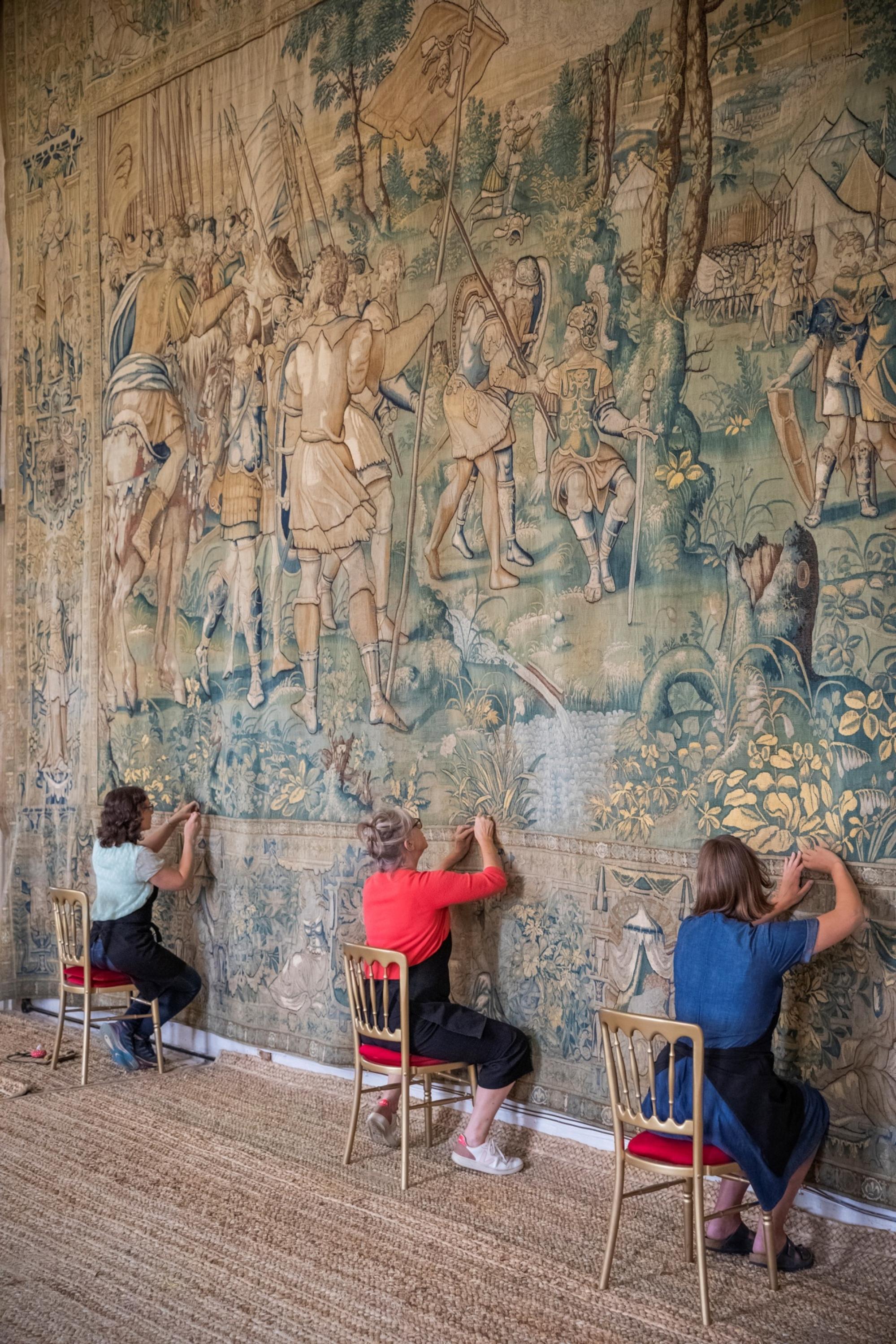
This conservation project was made possible over many years through generous funding from The David Webster Charitable Trust, the Wolfson Foundation, the Royal Oak Foundation, National Lottery Heritage Fund and other charitable trusts and foundations and individual donors.
For further information and opening times visit www.nationaltrust.org.uk/hardwick

